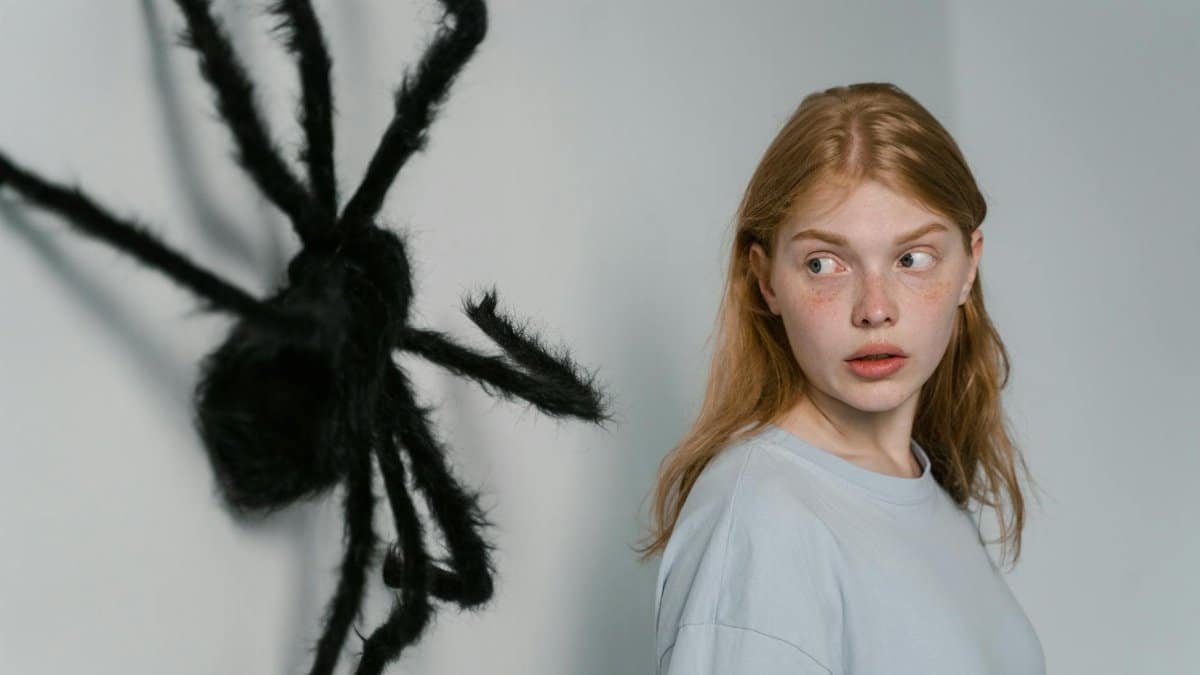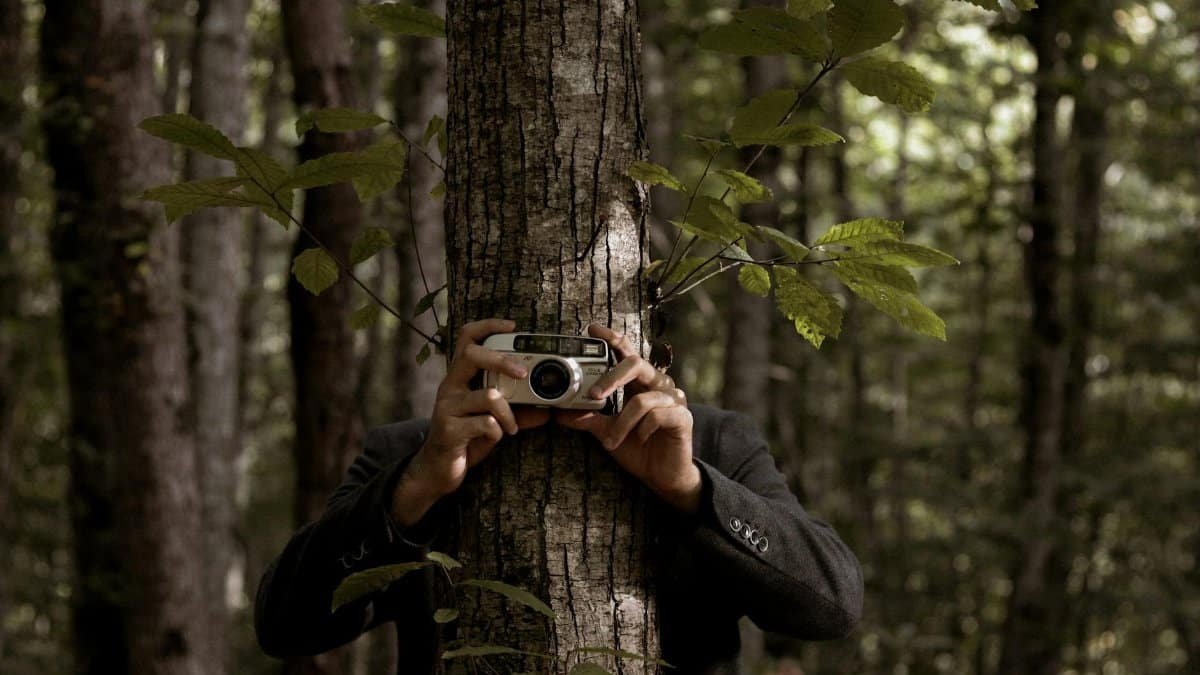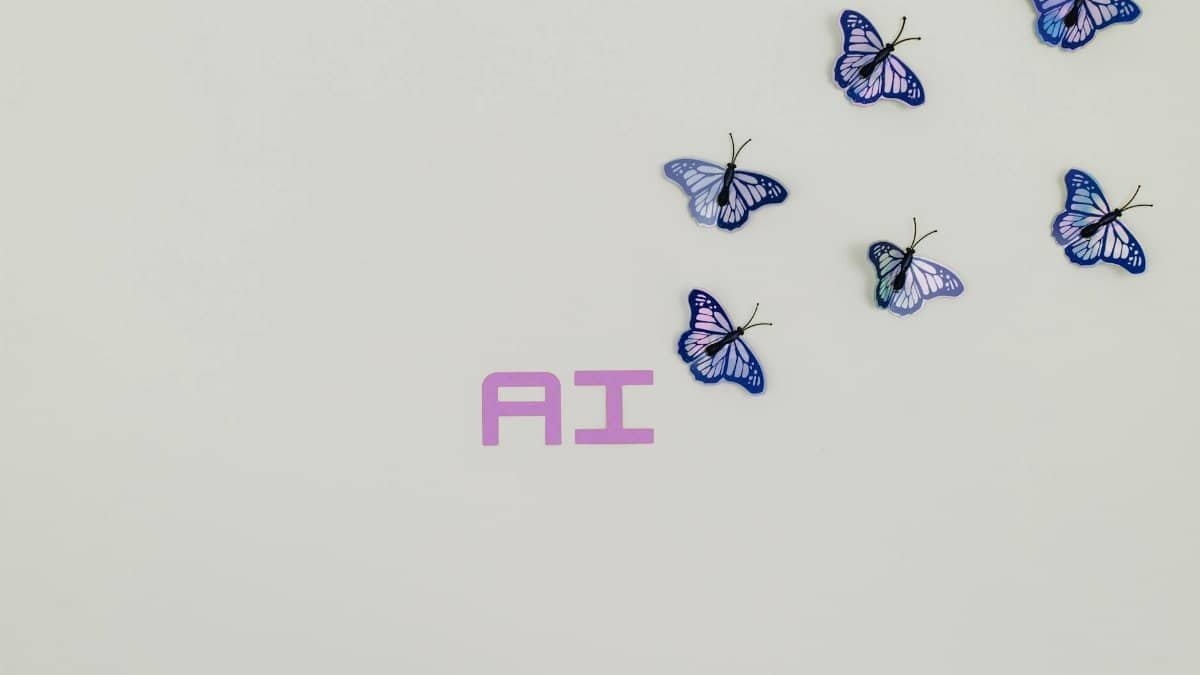The Paradox of Stagnation

Why do so many Americans cling to monotonous routines, even as boredom gnaws at them? A recent survey by the American Psychological Association reveals that 62% of adults report high levels of stress from unchanging daily patterns, yet fear of upheaval keeps them stuck. This contradiction is driving interest in mindfulness practices. Healing presence, a concept rooted in being fully attentive in the moment, offers a way out. It encourages confronting inner resistance without judgment, turning routine dread into opportunities for growth.
Understanding Healing Presence

Healing presence isn’t some mystical buzzword—it’s the practice of staying grounded and aware, often drawn from yoga and meditation traditions. Experts describe it as cultivating a non-reactive state where emotions like fear can be observed rather than avoided. In a fast-paced world, this approach helps people face the discomfort of change. Therapists note that by embracing the present, individuals reduce anxiety tied to uncertainty. It’s gaining traction in wellness circles, with apps and classes promoting it as a daily tool.
The Fear Factor Explained

Fear of change stems from deep-seated survival instincts. Neuroscientists point out that the brain’s amygdala lights up at the prospect of the unknown, triggering fight-or-flight responses. Even when routines feel soul-crushing—think endless commutes or repetitive jobs—familiarity provides a false sense of security. A study from Harvard University highlights how this resistance peaks in midlife, affecting career shifts and personal relationships.American Psychological Association on Stress confirms that chronic boredom exacerbates mental health issues, making change seem riskier.
Boredom’s Hidden Toll

Boredom isn’t just annoying; it’s a silent killer of motivation. Research shows prolonged routine leads to decreased dopamine levels, fostering depression and burnout. In 2025, with remote work blurring life boundaries, more people report feeling trapped. Yet, introducing small changes feels overwhelming. Healing presence counters this by fostering self-compassion, allowing individuals to acknowledge boredom without self-blame. Yoga instructors emphasize breathing techniques that anchor users in the now, easing the transition to novelty.
Practical Steps to Embrace Change

Start small: Dedicate five minutes daily to mindful observation. Notice thoughts about routine without acting on them. This builds healing presence, reducing fear’s grip. Incorporate movement, like gentle yoga flows, to embody the practice. Experts recommend journaling fears to demystify them. Over time, this shifts perspective, making change less daunting. Wellness retreats across the U.S. are seeing a surge in programs focused on this, helping participants rewrite their narratives.
Real-Life Transformations

Take Mark Thompson, a 45-year-old accountant from Chicago. Stuck in a decade-long rut, he dreaded promotions that meant relocation. After attending a mindfulness workshop, he adopted healing presence techniques. “It was like flipping a switch,” Thompson says. “I stopped running from what scared me.” His story echoes thousands shared on forums. Data from the National Institutes of Health supports this, showing mindfulness reduces anxiety by 30% in practitioners.National Institutes of Health on Mindfulness details how such practices rewire brain patterns for better adaptability.
Challenges in Building Presence

Not everyone finds it easy. Distractions from social media and work demands sabotage efforts. Critics argue healing presence feels too passive for action-oriented types. Overcoming this requires consistency—set reminders for check-ins throughout the day. Therapists warn against forcing it; gentle persistence is key. In diverse U.S. communities, cultural barriers also play a role, with some viewing introspection as indulgence. Addressing these head-on makes the practice more inclusive.
Impact on Daily Life

Integrating healing presence transforms routines. It encourages experimenting with new habits, like varying workouts or social activities. In 2025, amid economic shifts, this resilience is crucial for job transitions. Relationships benefit too—partners report deeper connections when both practice presence. Fitness apps now feature guided sessions, blending yoga with cognitive tips. The result? Less boredom, more fulfillment, as fear loses its hold.
Expert Insights on Long-Term Benefits

Psychologists like Dr. Elena Ramirez from New York University stress that sustained practice leads to profound shifts. “Healing presence isn’t about eliminating fear,” she explains, “but coexisting with it.” Studies back this, linking it to lower cortisol levels and improved decision-making. For those bored yet fearful, it’s a gateway to authentic living. As trends evolve, expect more integration in corporate wellness programs, making it accessible nationwide.
Moving Forward Without Regret

Ultimately, fearing change while bored signals a need for inner work. By nurturing healing presence through yoga and mindful movement, individuals break free. It’s not instant, but the payoff—vibrant, engaged living—is worth it. In a year of flux like 2025, tools like this empower personal evolution. Start today, and watch stagnation fade into possibility.
